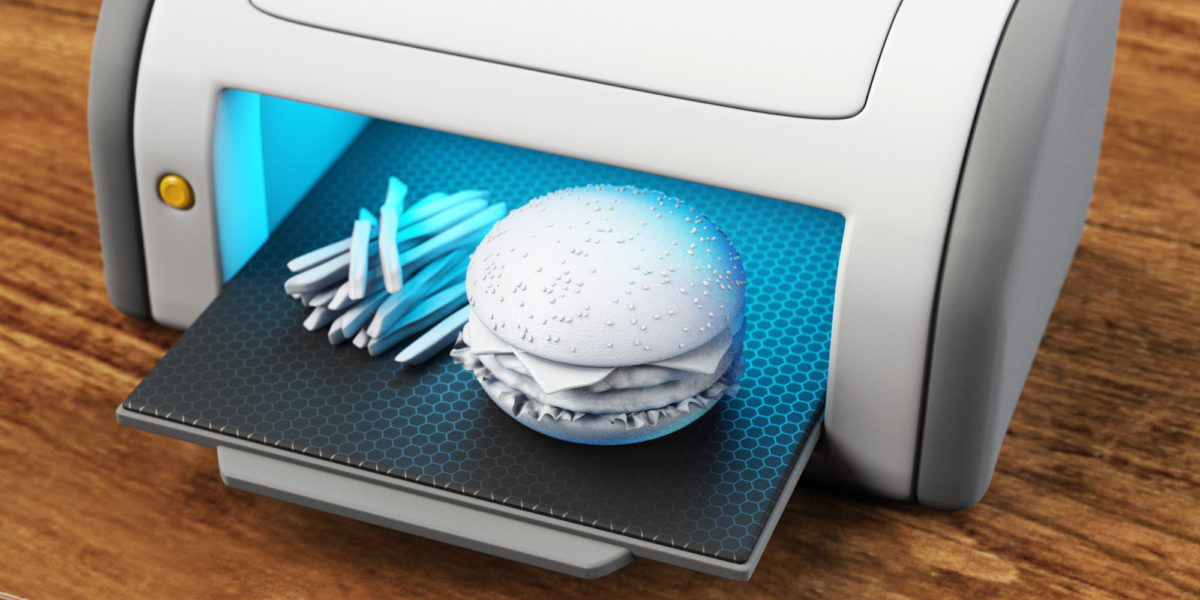3D printing has been around for several decades now, after its first invention in 1984 by Charles Hull. It has been used to manufacture automotive parts, smartphones, clothes, medical equipment, and artificial organs. However, how exactly will 3D printing become the next big game change in the manufacturing industry?
In the manufacturing industries, as much as 11% of companies around the world have been using 3D printers to produce parts and products, according to research conducted by PWC (Smith, 2015). Even though 3D printings do not offer the economies of scale like the traditional manufacturing has, they offer greater flexibility, which is useful in rapid prototyping and customization (Smith, 2015). It eliminates the customization cost and allows manufacturers to do print-to-order, which will produce less waste and eliminates the cost of excess production. Consequently, as both of the aforementioned cost diminishes, the need of warehousing & cost of distribution also shrinks. Moreover, as production can now be conducted internally, it is likely that the global supply chain will also be disrupted (Mourdoukoutas, 2015). This implies that there will be possibilities of a shift in the economics of outsourcing, in favor of insourcing (Mourdoukoutas, 2015). Likewise, it is expected that many jobs in the future would be automated and many jobs would be created with the increasing use of 3D printings. As the technology allows for flexibility, it will foster innovation and promotes labor-market flexibility (Board and Editors, 2013). This means that workers can start new business by developing new skills by investing in education (Board and Editors, 2013).
Despite all the promising benefits 3D printing has to offer, it has several drawbacks too. The threat of intellectual properties rights increase as more people utilize and use 3D printing. Many have shared the schematic designs for free in websites such as Thingiverse or Shapeways, of which many were unpatented (Gilpin, 2015). These designs can be copied and sold repeatedly by anyone, where expensive or breakthrough designs can be reverse-engineered and replicated at low cost (Gilpin, 2014). Moreover, ethical issues rises in the field of bioprinting, a medical application of 3D printings. Many have questioned the legality, ethicality and moral issues about creating organ tissue by mixing the human cells with canine muscle cells (Gilpin, 2015). As 3D printers also enable users to print weapons, and possibly drugs in the future, it raises concern whether the technology will bring more harm than good to society (Gilpin, 2015).
While it is true that 3D printing is still in its infancy stage, but we cannot deny that its growth is inevitable. Considering its advantages and disadvantages, it is only a matter of time to see whether 3D printings will actually revolutionize manufacturing industry and the global economy.
References:
Board, E. and Editors, T. (2013) How 3-D printing could disrupt the economy of the future. Available at: https://www.bloomberg.com/view/articles/2013-05-14/how-3-d-printing-could-disrupt-the-economy-of-the-future (Accessed: 26 September 2016).
Gilpin, L. (2015) The dark side of 3D printing: 10 things to watch. Available at: http://www.techrepublic.com/article/the-dark-side-of-3d-printing-10-things-to-watch/ (Accessed: 26 September 2016).
Mourdoukoutas, P. (2015) How 3D printing changes the economics of Outsourcing and globalization. Available at: http://www.forbes.com/sites/panosmourdoukoutas/2015/07/18/how-3d-printing-changes-the-economics-of-outsourcing-and-globalization/#7236ca386b8c (Accessed: 26 September 2016).
Smith, R. (2015) 7 ways 3D printing is already disrupting global manufacturing. Available at: http://www.forbes.com/sites/ricksmith/2015/06/29/7-ways-3d-printing-is-already-disrupting-global-manufacturing/#100542d4158b (Accessed: 26 September 2016).

